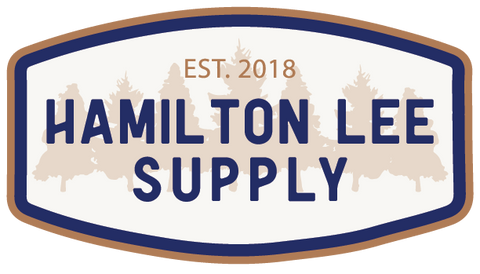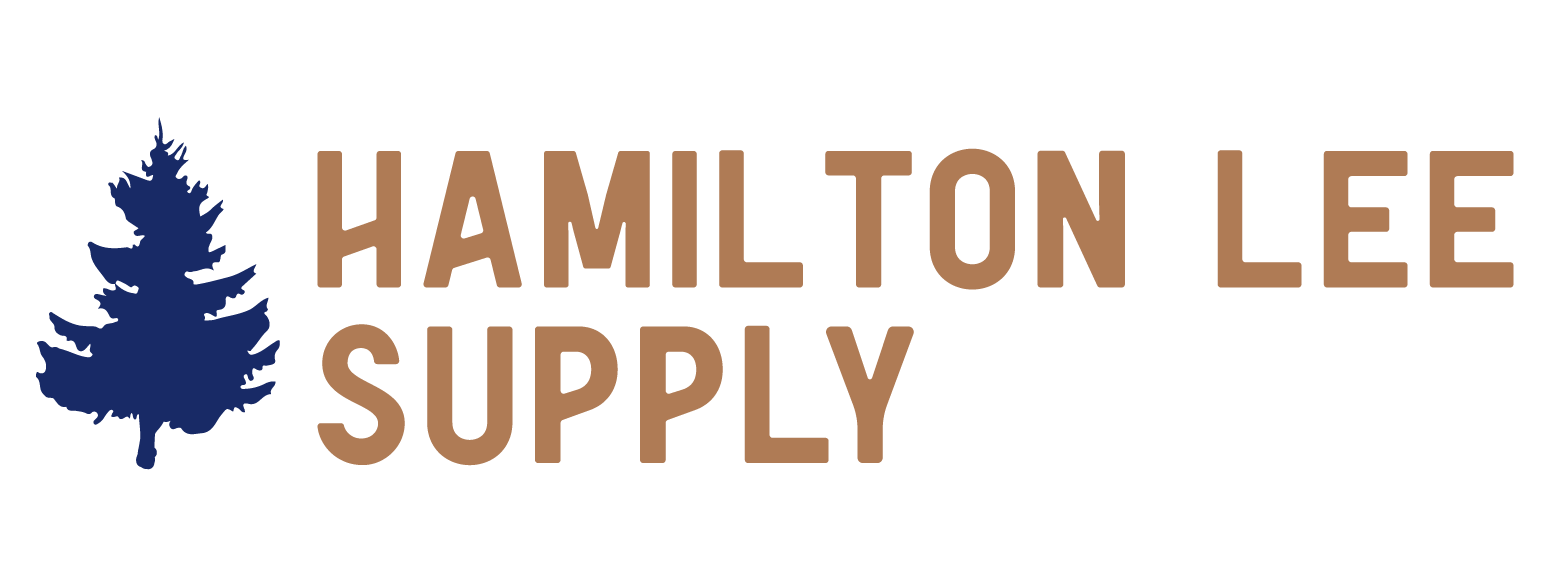LiveEdge Box Elder
Couldn't load pickup availability
Species: Box Elder
SKU: BGRFBE503
Length: 80"
Width (Bottom): 21"
Width (Middle): 19"
Width (Top): 17"
Thickness: 2"
Board Foot: 21.11 BDFT
Weight Estimate: 88 Pounds
Origin: Battleground, Washington
Shipping Information:
-Slab Ships From: Battle Ground, Washington
-All slabs are subject to freighted shipping. Once purchased, we will contact you via email or phone to coordinate and secure the best negotiated shipping rate for your location. Shipping costs are based on your zip code, residential/commercial address classification, and whether a liftgate/forklift is required.
If you can't find a slab that perfectly fits your needs among our listed options, feel free to reach out to us directly. We can check our inventory for additional slabs that may suit your preferences.
Contact Information:
-Email: info@hamiltonleesupply.com
-Phone: 360.601.8388
Transform your vision into reality with our remarkable Live Edge slabs. Embrace the artistry of nature in your next woodworking project and create a unique masterpiece for your home.
Crafted with precision and attention to detail, this kiln-dried slab is project-ready, ensuring minimal wood movement and cracking. Our state-of-the-art iDry vacuum kiln removes moisture, guaranteeing its suitability for your project right away.
Please note that as each tree is unique, no two slabs are alike. This individuality guarantees that your furniture piece, whether it's a table, shelf, or any other creation, will be truly one-of-a-kind.
At Hamilton Lee Supply, we are committed to preserving and reusing stunning wood materials. Our focus on sustainability means that every slab tells a story and contributes to a greener future.
Common Names: Box elder, Manitoba maple, ashleaved maple
Scientific Name: Acer negundo
Distribution: North America, most commonly in central and eastern United States
Tree Size: 3580 ft (1025 m) tall, 12 ft (0.30.6 m) trunk diameter
Average Dried Weight: 30.2 lbs/ft3 (485 kg/m3)
Specific Gravity (Basic, 12% MC): 0.42, 0.49
Janka Hardness: 720 lbf (3,200 N)
Modulus of Rupture: 8,010 lbf/in2 (55.2 MPa)*
*Estimated bending strength from data of green wood at: 5,220 lbf/in2 (36.0 MPa)
Elastic Modulus: 1,050,000 lbf/in2 (7.24 GPa)*
*Estimated elasticity from data of green wood at: 870,000 lbf/in2 (6.00 GPa)
Crushing Strength: 4,950 lbf/in2 (34.1 MPa)
Shrinkage: Radial: 3.9%, Tangential: 7.4%, Volumetric: 14.8%, T/R Ratio: 1.9
Color/Appearance: Box elder sapwood is pale white, sometimes with a yellow/green hue similar to yellow poplar. The heartwood is a grayish/yellowish brown, often with red or pink streaks. The red staining in the wood is a result of the tree's natural defense mechanism when wounded, as it produces a compound to inhibit the growth of fungus (Fusarium solani) that commonly colonizes the tree. The reddish coloring, often called "flame," may become a more subdued pink or brown/gray upon drying.
Grain/Texture: Box elder typically has a straight grain with a fine and even texture. Growth rings are usually faint and nondistinct.
Rot Resistance: Box elder has poor durability and is rated as nondurable to perishable. The heartwood is susceptible to heart rot and insect attacks.
Workability: Box elder is easy to work with both hand and machine tools. It turns, glues, and finishes well.
Odor: When wet, box elder has a distinct and unpleasant scent that mostly subsides when dry.
Allergies/Toxicity: Like other maples in the Acer genus, box elder has been reported to cause skin irritation, runny nose, and asthmalike respiratory effects. For more information, refer to the Wood Allergies and Toxicity and Wood Dust Safety articles.
Pricing/Availability: Box elder is not commonly used or available in lumber form. It is occasionally harvested in small quantities by hobbyists or specialty sawmills. Lumber with reddish pink heartwood streaks is the most desirable. Dyed/stabilized burl blocks for turning projects are also offered. Prices should be moderate given box elder's commonness, though figured pieces and/or burls may be more expensive.
Sustainability: This wood species is not listed in the CITES Appendices or on the IUCN Red List of Threatened Species.
Common Uses: Box elder is used for turned objects, small ornamental items, wood pulp, charcoal production, boxes, and crates.
Comments: Box elder, also known as Manitoba maple or ashleaved maple, is technically a maple tree belonging to the Acer genus. However, its lumber is softer, weaker, and lighter than almost all other maple species. The wood's overall strength and strengthtoweight ratio are poor compared to other hardwoods.
Box elder sapwood is pale white, sometimes with a yellow/green hue, while the heartwood is grayish/yellowish brown, often with red or pink streaks. The red staining is a result of the tree's natural defenses when wounded. This compound inhibits the growth of fungus (Fusarium solani) that commonly colonizes the tree.
Box elder lumber is not commonly used, but it may be occasionally harvested for specialized projects. It is valued for its reddish pink heartwood streaks, often referred to as "flame." Additionally, dyed and stabilized burl blocks are offered for use in turning projects. The wood is easy to work with and turns, glues, and finishes well.







